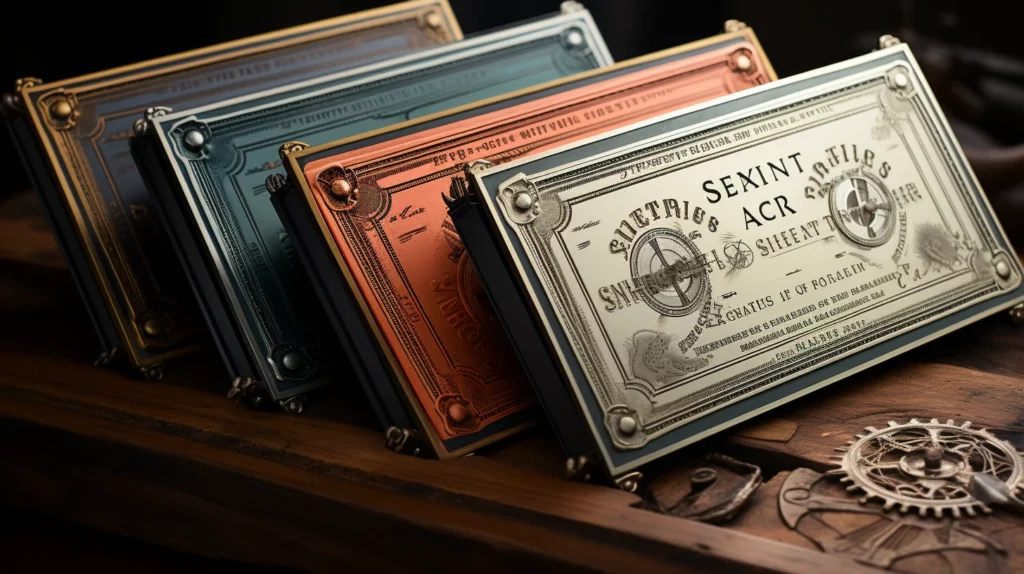History often serves as a rich source of inspiration for contemporary design. When it comes to certificate design, exploring historical certificates can provide valuable insights and lessons for designers. The aesthetics, typography, and ornamentation found in historical certificates can evoke a sense of tradition, elegance, and craftsmanship. This article delves into the use of historical certificates as a source of inspiration and highlights the lessons that designers can learn from them.
Preserving Heritage Through Design
Historical certificates are a testament to the craftsmanship and artistic sensibilities of their time. They often feature intricate borders, ornate typography, and decorative motifs that reflect the design trends prevalent during their era. By studying historical certificates, designers can gain an appreciation for the artistic heritage and find ways to incorporate elements of tradition into modern designs.
Lesson 1: Typography and Calligraphy
Typography played a vital role in historical certificates. Elaborate script fonts and ornate calligraphy added a touch of elegance and sophistication. Today, designers can draw inspiration from these historical fonts and create custom typography that reflects the essence of the certificate’s purpose.
Lesson 2: Ornamentation and Borders
Historical certificates are often adorned with intricate borders and decorative motifs, such as filigree, floral patterns, or symbolic illustrations. These ornamental elements can inspire designers to add embellishments that enhance the overall visual appeal of the certificate.
Lesson 3: Quality of Materials
Historical certificates were often printed on high-quality materials such as parchment or fine paper, emphasizing their importance and value. While modern certificates may not replicate these materials exactly, designers can select premium paper or explore specialty printing techniques to elevate the certificate’s perceived value.
Lesson 4: Authenticity and Seal
Historical certificates commonly featured official seals or stamps to authenticate their legitimacy. Incorporating a digital seal or embossed effect into modern certificate designs can evoke a similar sense of authenticity and importance.
Lesson 5: Customization and Personalization
Historical certificates were often personalized with details unique to the recipient, such as their name, date, and specific achievements. Designers can embrace this personalization aspect by creating templates that allow for customization, ensuring each certificate feels tailored and meaningful.
Lesson 6: Simplicity in Design
While historical certificates often featured intricate designs, simplicity was also valued. Some certificates emphasized clean lines, minimal ornamentation, and focused typography. This minimalist approach can inspire designers to create contemporary certificates with a modern, sleek aesthetic.
By studying historical certificates and understanding their design principles, designers can infuse their modern creations with a touch of timeless elegance and create certificates that are both visually captivating and contextually appropriate. Historical certificates serve as a reminder that good design withstands the test of time, and incorporating elements from the past can bring a sense of heritage and authenticity to the present.


